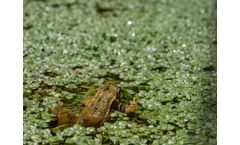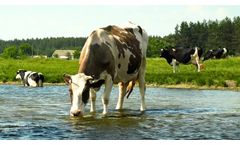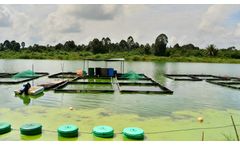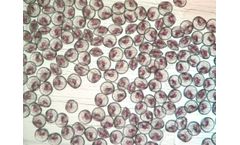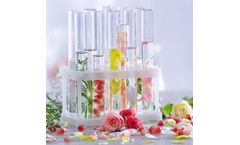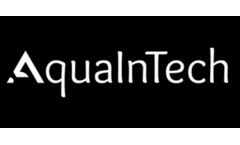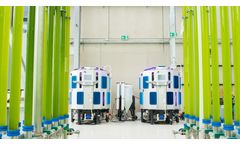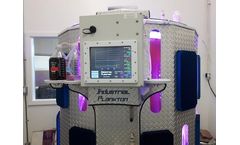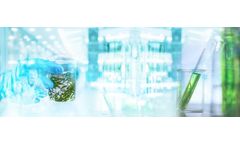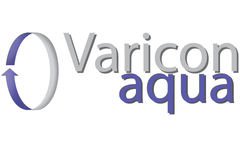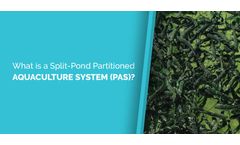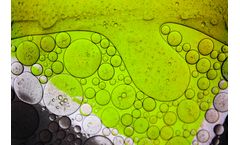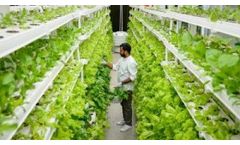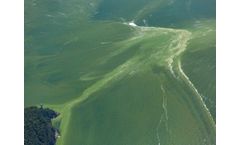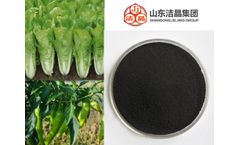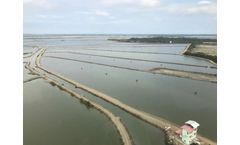Algae Production Articles & Analysis
59 articles found
How Algae Produce Oxygen Algae, like land plants, contain chloroplasts with chlorophyll pigments that absorb sunlight. Chloroplasts are found within plant cells and algal cells, and are responsible for photosynthesis. Algae, like green plants, use chlorophyll to capture sunlight and produce oxygen. ...
Its quality plays a pivotal role in crop health, yield, and overall farm productivity. However, one of the most persistent threats to agricultural water sources is algal blooms. These can severely degrade water quality. Hence, achieving algae-free waterbodies is a necessity. Harmful algal blooms (HABs) occur when algae colonies grow ...
One of the most insidious threats to food production and quality is the proliferation of algae. Often overlooked or underestimated, algae can quietly exert harmful and damaging effects over time. ...
Due to limited natural resources, variable climatic conditions affect the economy, availability and production. Thus, the range of natural aroma chemicals derived from natural sources is limited. ...
In this document, Unlocking Efficient Algae Production, be sure to check out the tables on page 3 and 4 of the attachment. They compare traditional methods of algae culture they were using, Industrial Plankton’s original PBRs, and our PBR 1250L. ...
Due to limited natural resources, variable climatic conditions affect the economy, availability and production. Thus, the range of natural aroma chemicals derived from natural sources is limited. ...
Algae (photosynthetic organisms) can be found in almost any aquatic environment, such as ponds on golf courses. Depending on the type and level of growth, golf course pond algae can be beneficial and challenging. Therefore, here are some critical points about golf course pond ...
Production is somewhere between 3.8 and 6 million MT with the numbers being source dependent. ...
The Drive Towards Scalable and Efficient Algae Production Producing algae as a commodity for feed, pharmaceuticals, nutraceuticals, carotenoids, and pigments calls for expansive setups. ...
Have you ever come across a beautiful reddish (and pink in my opinion) coloured algae? That algae may have been rhodomoas, one of our favourites! Why use Rhodomonas for feeding oysters and other aquatic animals? Particle Size Rhodomonas algae have medium cell sizes, which makes them an ideal food source for oyster larvae. The cells are well-suited for the small filtering apparatus of young ...
As algae-based research rises in prominence for its potential in renewable energy production and climate change mitigation, the need for high-precision analytical equipment is paramount. Hiden Analytical is excited to announce that the Hiden HPR-40 DSA (Dissolved Species Analyzer) is proving to be a perfect research tool in the rapidly evolving ...
Varicon Aqua’s latest project is up and running in Hong Kong, with the installation led in person by our Managing Director, Joe McDonald. The client, Geb Impact Technology Company Limited, will be using two of our reactor systems, the Phyco-Lift and the Phyco-Pyxis, the latest in our range of innovative products. Geb Impact and Varicon Aqua have enjoyed a long professional relationship, ...
We are delighted to have completed our latest 12,000 L Phyco-Flow photobioreactor installation for Algaecytes UK. This Phyco-Flow is the most recent example of our multi photo-stage photobioreactor, designed specifically for industrial scale production of microalgae. The system incorporates full process control, with data acquisition and remote access alongside integration of upstream and ...
We are delighted to announce the recent completion of two Phyco-Flow systems for the Blue Lagoon in Iceland. This development is the latest stage in a relationship dating back to 2004 when a BioFence system was installed to support work being undertaken within their R&D ...
The second area is the smaller “algal basin” that collects algae separately from the fish’s habitat and allows the production of dissolved oxygen via photosynthesis. ...
ByAquasend
On each hectare of land, the annual oil production of corn is only 120 liters and soybean is 440 liters, while algae can reach 15,000 to 80,000 liters. ...
Ozone in vertical farming is an excellent organic fungicide and biocide. In addition to its high efficiency and the advantages of not leaving chemical residues on the leaves. When ozone is dissolved in water favors root growth and increases dissolved oxygen in plants. About 90% of the water used worldwide is for agriculture. Ozone helps reduce the amount of water and helps inactivate viruses ...
Some harmful algal blooms (HABs) release toxins, causing illnesses in people, animals, and damaging the environment; New research links an algal toxin to neurological problems; People with liver disease are more prone to suffering from neurological problems caused by the blooms; HABs are more frequent and abundant. Learning which types are harmful and how to avoid contact with them is ...
The abundant marine biological resources are a material treasure house for the development of ecological agriculture. Seaweed extracts is one of the algae products from marine biological resources. It refers to seaweed extract powder/flakes, alginate oligosaccharide, seaweed extract liquid. ...
Aquaculture is growing at a greater rate globally than any other agribusiness sector. It is widely predicted that with 6 to 8% annual growth rate continuing well into the foreseeable future, aquaculture will offer good investment opportunities. However, just like any other endeavor, there are some very good reasons why what some see as a pot of gold at the end of the rainbow is empty and full of ...

